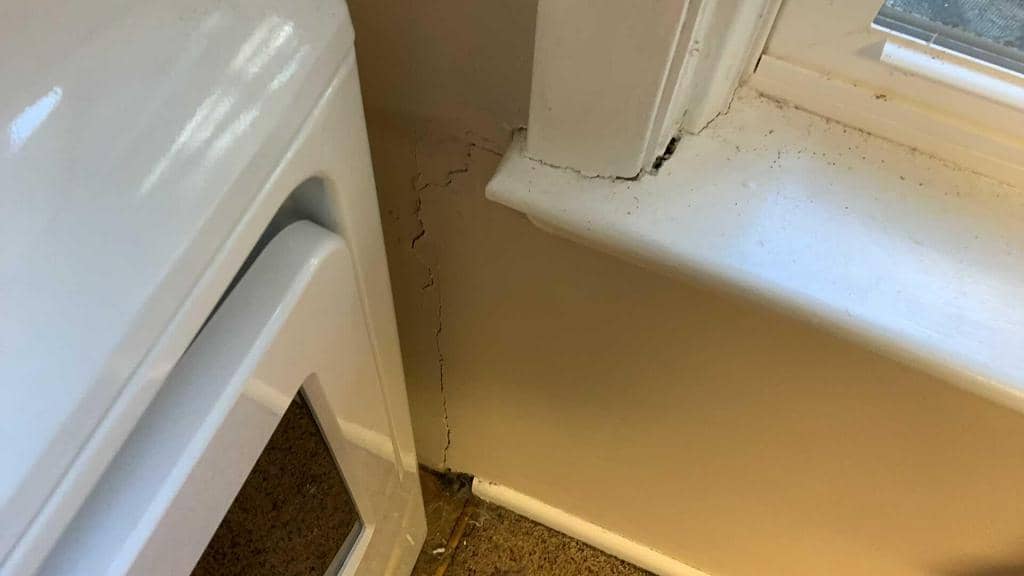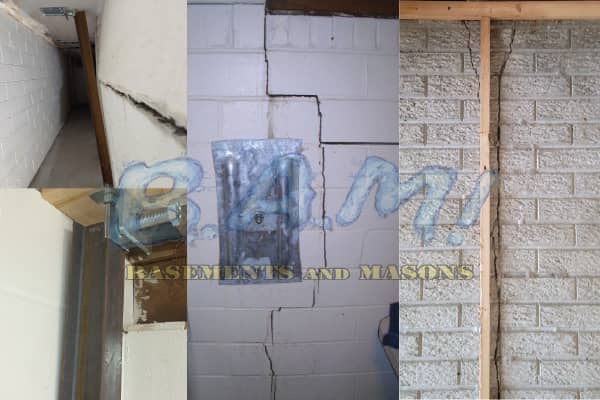Not known Facts About Best Basement Waterproofing
Not known Facts About Best Basement Waterproofing
Blog Article
The Buzz on Best Basement Waterproofing
Table of ContentsThe Main Principles Of Best Basement Waterproofing The Basic Principles Of Best Basement Waterproofing Not known Details About Best Basement Waterproofing Rumored Buzz on Best Basement WaterproofingThe Facts About Best Basement Waterproofing Uncovered
usages excavation techniques toward all-time low of the structure's structure. entails getting rid of moisture after it has gotten in the cellar. AdvantaClean's experienced professionals and service technicians will locate the water source. If wall or piece fractures are present, we will inject polyurethane and epoxies into the fractures and secure the concession, protecting against further dampness from entering.
If there's condensation outside of the aluminum foil, you have high moisture in your basement. Fix it with a portable area dehumidifier or a whole-house humidifier system rather than waterproofing products. If the aluminum foil has condensation on the within surface area (beside the wall), the dirt around your residence may be naturally damp from a high water table or bad soil drainage.
You can waterproof just your indoor wall surfaces, which may solve the problem. Or you can waterproof your outside walls, which is a better wager yet even more costly. Here's the scoop on the various types: These thick finishings are cement-like. Once they dry out, they adhere permanently to concrete and masonry wall surfaces (Best Basement Waterproofing).
Some Ideas on Best Basement Waterproofing You Should Know
Concrete water-proof coatings can't be used to previously painted surface areas; inspect the tag. Recognized as densifiers, they are suitable just for walls that have not been painted or sealed.
You comb, roll, or spray it on a lot more heavily one gallon covers just 75 square feet, not the 300 square feet regular with typical paint. Water-proof paint is great for do it yourself application. You can use it over painted surfaces, and paint over it once it's healed (one gallon prices $37).
It can cost $10,000 to $15,000, depending on the work required. Outside waterproofing entails digging deep into all around the home to the full deepness of the structure wall surfaces, after that installing a water-proof layer or membrane covered by drainage panels.
A cellar without waterproofing is kind of like that. Your basement doesn't desire to go view with a downpour without correct security just as much as you do not want to.
Excitement About Best Basement Waterproofing
If you have actually done your research, you 'd know there are 2 types of waterproofing: inside and outside. It can get puzzling what they both mean, which one's a much better financial investment, and what will actually keep the water out. Don't worry, we created this blog site to easily define both approaches for you and talk about the benefits and drawbacks of each.
Exterior waterproofing is a waterproofing method that entails sealing your home from the exterior. The foundation walls are after that cleaned, secured, and covered with a waterproof membrane or sealer.

The 2-Minute Rule for Best Basement Waterproofing
It's a more involved procedure that requires digging up your backyard, which is pricey and time-consuming. Exterior waterproofing entails eliminating everything surrounding the home, consisting of decks, driveways, sidewalks, landscaping, a/c devices, decks, and more. If any one of the job was done incorrectly and water is still entering your basement, there isn't much you can do to remedy or repair it.
Interior basement waterproofing includes waterproofing from the inside. Any kind of water that leakages into your cellar is rerouted prior to it touches your floor.
It's a reliable method to water resistant your basement - Best Basement Waterproofing. The downside of interior cellar waterproofing primarily concerns the setup procedure. This approach requires kept items, furnishings, and built-in shelving or closets to be relocated from touching the cellar walls. And during setup, your cellar can't be used. The greatest distinction in between both methods is this: Outside waterproofing is click here for more a preventative service and indoor waterproofing is a rehabilitative remedy.
Best Basement Waterproofing Fundamentals Explained
To conclude, exterior and interior cellar waterproofing are both reliable methods of securing your home from water damage. Outside waterproofing develops an obstacle that stops water from entering your home, while interior waterproofing reroutes water that does enter your home. And it's vital to keep in mind that outside waterproofing published here is an expensive and turbulent setup procedure when compared to interior waterproofing.
Whichever method you select, make certain you choose a dependable and reliable specialist for the job. Both methods require skilled employees to handle the work. If you have any questions concerning basement waterproofing, please get to out to us. And if you remain in our service location and have water in your basement, call us for a cost-free, no-obligation home inspection.
You can submit our type below, start a conversation in the lower right-hand corner, or call us at 1-800-827-0702.
Report this page